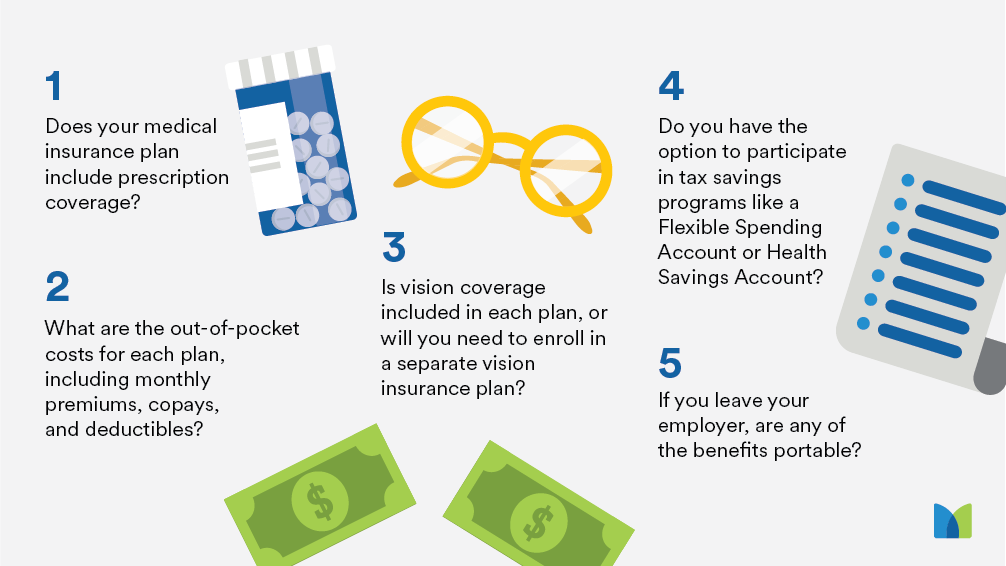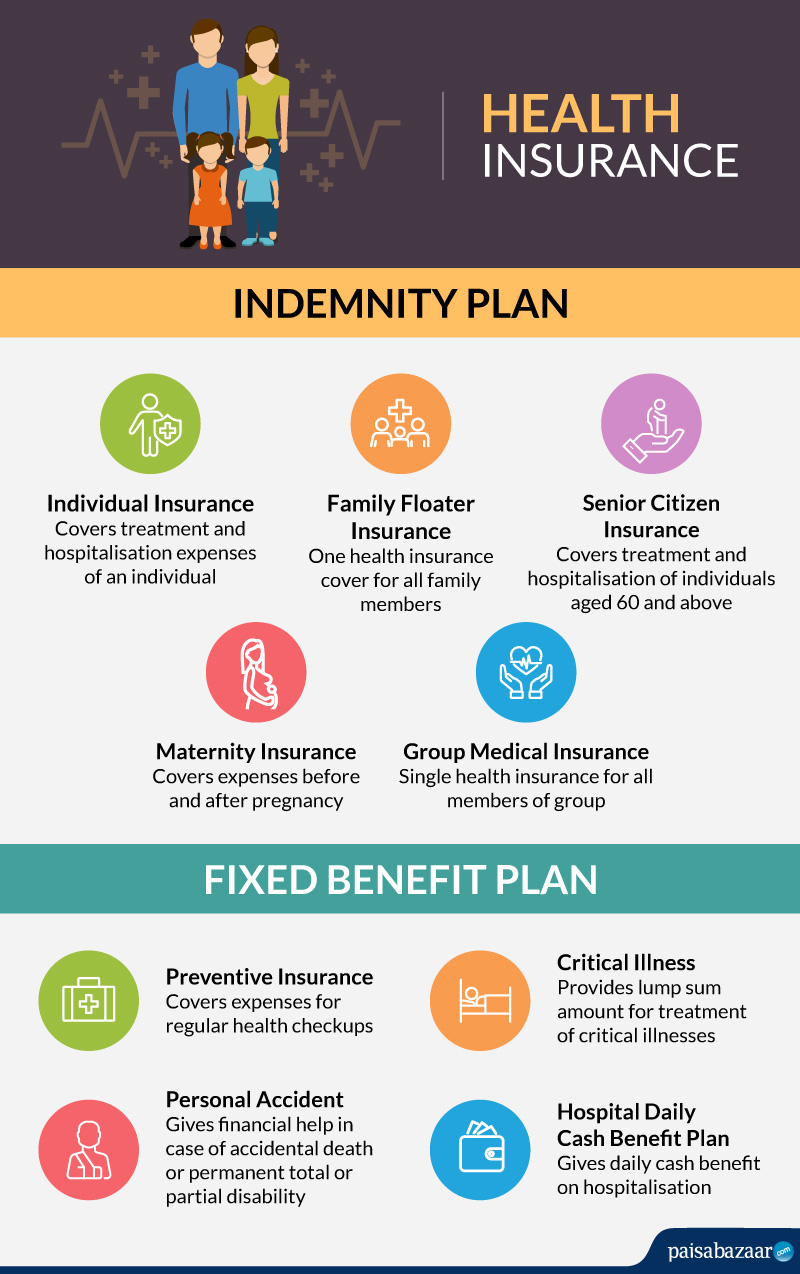The Buzz on Medicare Advantage Agent
Table of ContentsThe Definitive Guide for Medicare Advantage AgentMedicare Advantage Agent Can Be Fun For EveryoneMedicare Advantage Agent Fundamentals Explained

follows from confusing the puzzling young reasonably profile of the uninsured with without insurance better healthMuch better wellness average, standard younger persons. For those without access to office wellness insurance coverage, bad health is a prospective obstacle to buying nongroup insurance coverage because such coverage might be very valued, omit preexisting problems, or be merely unavailable. Unless otherwise noted, national quotes of individuals without health insurance coverage and percentages of the population with different kinds of coverage are based on the CPS, the most commonly used resource of quotes of insurance coverage and uninsurance prices.

6 Simple Techniques For Medicare Advantage Agent
The connection in between wellness insurance policy and accessibility to care is well developed, as documented later on in this chapter. The relationship in between health insurance coverage and health and wellness results is neither direct nor straightforward, a considerable scientific and health services research literature links wellness insurance coverage
to improved better to care, better far betterTop quality and improved boosted individual population populace wellnessCondition The second record, on individual health end results for without insurance adults, is stood for by the inner circle of the figure, while the third record, on family members wellness, incorporates the subjects of the second report however emphasizes a various system of evaluation, particularly, the family.
Additionally, it focuses specifically on those with no health insurance for any type of length of time. The problems encountered by the underinsured remain in some respects comparable to those encountered by the without insurance, although they are typically much less extreme. Uninsurance and underinsurance, nevertheless, include definitely different plan problems, and the strategies for resolving them may vary. Throughout this research study and the 5 records to adhere to, the major emphasis is on individuals without health insurance policy and thus no aid in spending for wellness treatment beyond what is offered with charity and safety net organizations. Health insurance is an effective element influencing receipt of treatment because both people and doctors reply to the out-of-pocket cost of solutions. Health and wellness insurance policy, nevertheless, is neither essential nor adequate to access to clinical services. The independent and direct impact of health
insurance insurance policy protection access accessibility health health and wellness is well established. Others will acquire the wellness care they require also without medical insurance, by spending for it out of pocket or seeking it from suppliers that use care totally free or at highly subsidized rates. For still others, medical insurance alone does not make certain receipt of treatment since of other nonfinancial barriers, why not look here such as an absence of healthcare companies in their neighborhood, limited access to transportation, illiteracy, or linguistic and cultural distinctions. Official study about without insurance populations in the United States dates to the late 1920s and very early 1930s when the Committee on the Cost of Medical Treatment generated a collection of records about financing doctor workplace sees and hospital stays. This problem became salient as the varieties of medically indigent climbed throughout the Great Clinical depression. Empirical studies consistently support the web link in between accessibility to care and boosted health and wellness outcomes(Bindman et al., 1995; Starfield, 1995 ). Having a regular source of treatment can be taken into consideration a forecaster of gain access to, as opposed to a direct measure of it, when health and wellness end results are themselves used as access signs. This useful site expansion of the idea of accessibility measurement was made by the IOM Board on Checking Accessibility to Personal Health Care Solutions(Millman, 1993, p. Whether parents are guaranteed appears to affect whether their children obtain care along with just how much careeven if the kids themselves have coverage(Hanson, 1998). The wellness of parents can affect their capability to look after their youngsters and the degree of household anxiety. Bothering with their youngsters's accessibility to care is itself a resource of anxiety for parents. 3 phases comply with in this report. Phase 2 offers an overview of just how employment-based health and wellness insurance policy, public programs and specific insurance policy policies operate and engage to supply considerable however insufficient protection of the U.S. population. This consists of an evaluation of historical trends and public laws impacting both public and private insurance, a discussion of the communications among the different kinds of insurance, and an evaluation of why individuals move from one program to another or wind up
